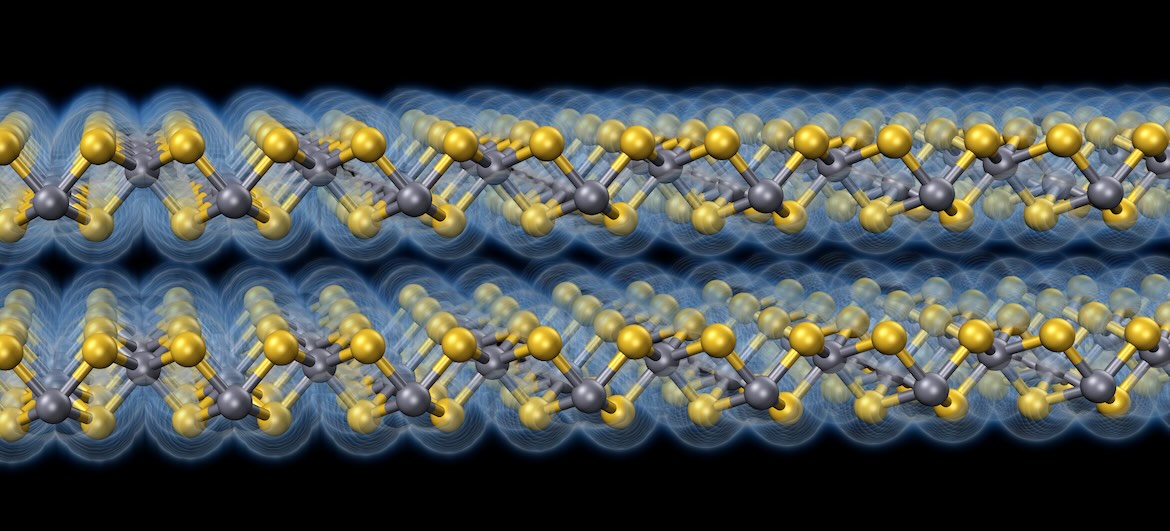QMC is applied to TiS2 bilayers.
The van der Waals interaction is of foundational importance for a wide variety of physical systems. In particular, van der Waals forces lie at the heart of potential device technologies that may be realized from the functional organization of layered two-dimensional (2D) nanomaterials. For intermediate to large-scale applications modeling, van der Waals density functionals have become the de facto choice for first-principles calculations. In particular, the vdW-DF family of functionals have provided a systematic approach to this theoretically challenging problem. While much progress has been made, there remains room for improvement in the microscopic description of vdW forces from these density functionals. In this work, we compute benchmark results for the binding energy and the electronic density response to binding in TiS2 via accurate diffusion quantum Monte Carlo calculations. We compare these benchmark data to results obtained from local, semilocal, and van der Waals functionals. In particular, we gauge the quality of the original vdW-DF/vdW-DF2 functionals, as well as updated variants such as vdW-DF-C09, vdW-DF-optB88, vdW-DF-optB86b, and vdW-DF2-B86R. We find a close relationship between the accuracy of predicted interlayer separation distances and binding energies for TiS2, with the vdW-DF-optB88 functional performing very well in terms of both quantities. In general, the more recently developed functionals are systematic improvements over older ones. However, when considering the response of the electron density to binding, we find that local-density approximation (LDA) and PBEsol generally outperform the vdW-DF functionals in describing the interlayer charge accumulation with vdW-DF-C09 variants performing the best overall.
See the published paper, J. Krogel et al. J. Phys. Chem. A 124 9867 (2020), https://doi.org/10.1021/acs.jpca.0c05973

